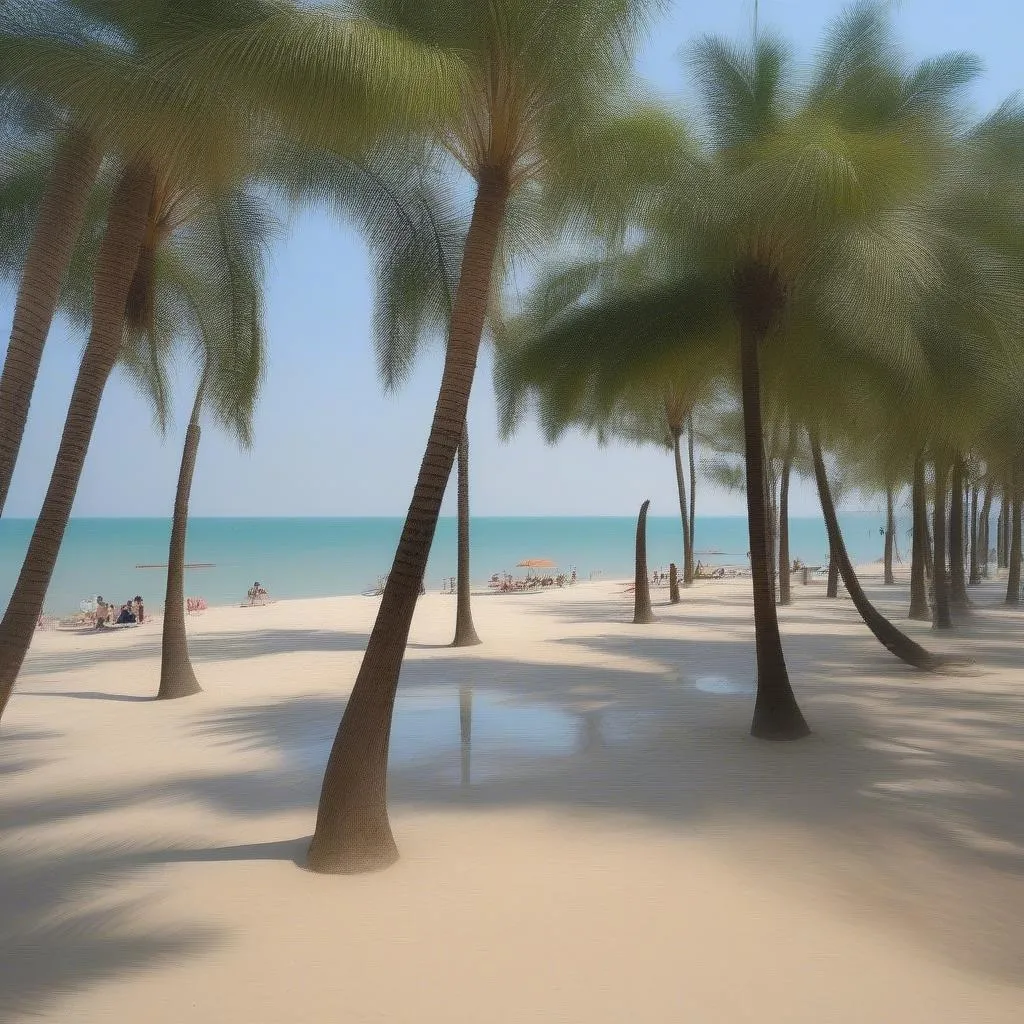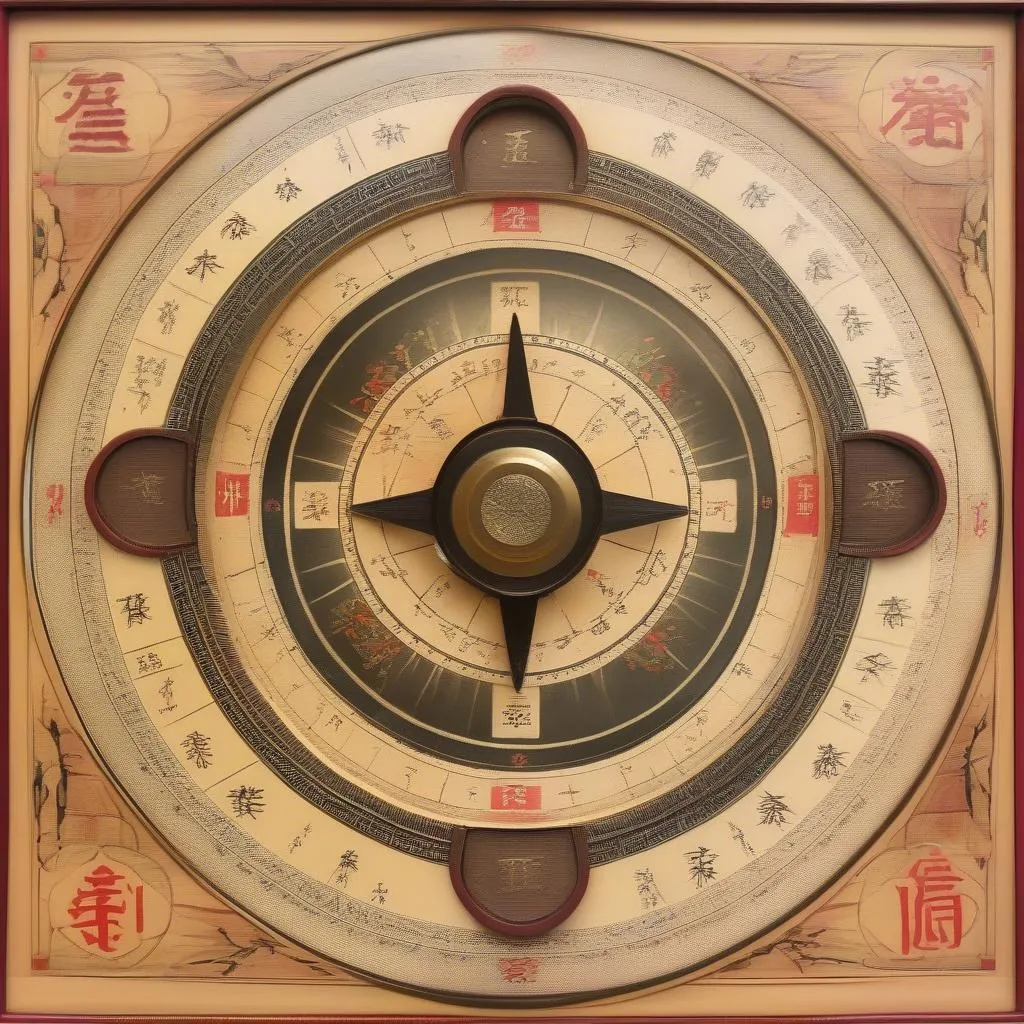“Travel is never a matter of money, but of courage,” said Paulo Coelho. And indeed, venturing into a new country like China, especially through a bustling border crossing like Mong Cai, requires a dash of both. This guide will be your compass, helping you navigate the ins and outs of crossing the Mong Cai border and unveiling the wonders that await you on the other side.
The Allure of China Through Mong Cai
The Mong Cai border crossing, nestled in the Quang Ninh province of Vietnam, serves as a vibrant gateway to China. It’s more than just a checkpoint; it’s a melting pot of cultures, a testament to the intertwined histories of Vietnam and China.
But why choose Mong Cai?
- Accessibility: Mong Cai offers unparalleled ease of access, especially for travelers coming from Hanoi or other parts of Northern Vietnam.
- Cultural Immersion: Experience the dynamism of border life, where Vietnamese and Chinese customs intertwine.
- Gateway to Guangxi: Step into China’s Guangxi province, known for its stunning karst landscapes and rich cultural heritage.
Navigating the Mong Cai Border Crossing
Visa and Documentation
- Visa: Most nationalities will need a visa to enter China. It’s best to apply for your visa well in advance at the Chinese embassy or consulate in your home country.
- Passport: Ensure your passport has at least six months of validity remaining from your date of entry into China.
- Border Pass: If you plan on staying within a designated border area in China, you might be eligible for a border pass. Check with the Chinese embassy or consulate for more information.
Getting There and Crossing the Border
- By Air: Fly into Van Don International Airport (VDO) and take a bus or taxi to Mong Cai.
- By Road: Regular buses connect Hanoi and other major cities to Mong Cai.
- Border Crossing: The process is generally smooth. Be prepared for passport control on both the Vietnamese and Chinese sides.
Unraveling the Treasures of Guangxi
Once you’ve crossed the border, a tapestry of experiences awaits you in China’s Guangxi province.
The Enchanting City of Dongxing
Just across the border lies Dongxing, your first taste of China. Explore the bustling streets, savor authentic Chinese cuisine, and practice your Mandarin skills.
Must-See:
- Beihai Silver Beach: Known for its soft, white sand and clear waters.
- Weizhou Island: A volcanic island boasting unique landscapes and charming fishing villages.
- Detian Waterfall: A breathtaking waterfall on the border of China and Vietnam.
 Beihai Silver Beach
Beihai Silver Beach
Delving Deeper: Nanning and Beyond
Venture further into Guangxi and discover the vibrant capital city of Nanning. From there, explore the stunning karst formations in Guilin and Yangshuo, cruise down the Li River, or immerse yourself in the cultural tapestry of minority villages.
Planning Your Trip
Budgeting for Your Adventure
- Currency: The official currency of China is the Chinese Yuan (CNY).
- Cost of Living: Generally, the cost of living in Guangxi is lower than in major Chinese cities like Beijing or Shanghai.
Travel Tips
- Language: While English is not widely spoken, learning a few basic Mandarin phrases can be very helpful.
- Transportation: China has an extensive and efficient public transportation system, including high-speed trains.
- Cultural Sensitivity: Be mindful of local customs and traditions.
Feng Shui and Travel: Harmonizing Your Journey
In the ancient Chinese philosophy of Feng Shui, travel is believed to enhance personal growth and bring good fortune. Pack a compass to help you navigate unfamiliar territory and attract positive energy during your journey.
 Feng Shui Compass
Feng Shui Compass

